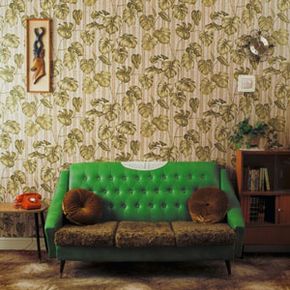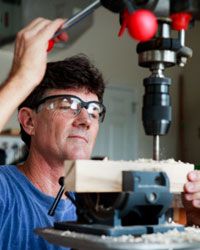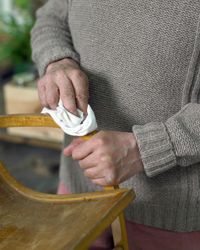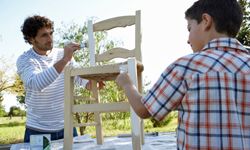Professional furniture restorers and hobbyists alike all have one thing in common: the desire to pluck a piece of furniture off the side of the road and restore it to its former glory. What's not to like about refurbishing furniture? You're saving something from a landfill and breathing new life into a forgotten item. The former owner only saw a table with broken legs and a surface marred by water rings. As a furniture repair fanatic, you see possibility.
Refinishing furniture involves tackling any aspect of work that's required to get an old dresser or chair as close to the original condition as possible. Often, it's more than just a facelift — it's making the furniture piece usable again and possibly even adding value. Here are 10 tips that can help you make the old new again.
Advertisement





